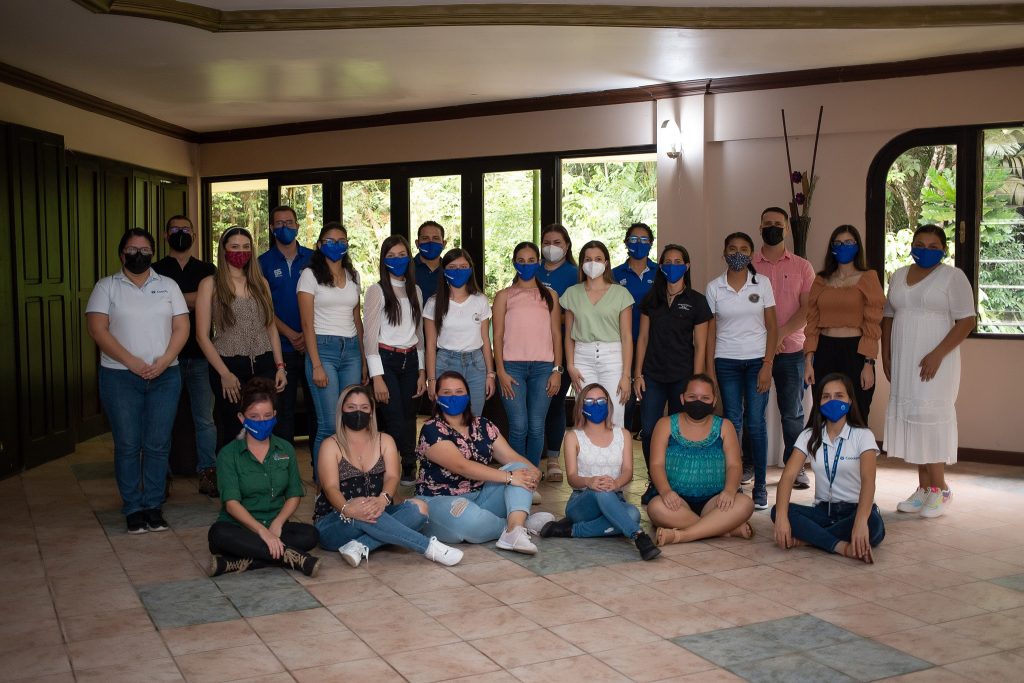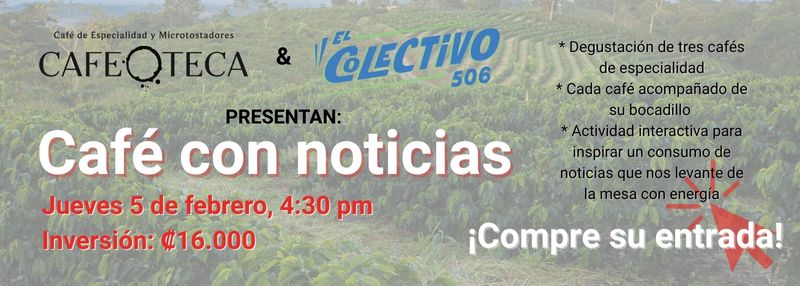As we reported in our story on Costa Rica’s Development Banking System (SBD) and its myriad options for small business financing in Costa Rica, the substantial resources available for through the system are often surrounded by enormous obstacles. Some of the members of our Entrepreneurs 506 group reported that they haven’t even looked at what’s out there because of the horror stories they’ve heard about paperwork, long waits and rejections. Other members had had negative experiences first hand.
While our story listed some of the efforts that small business financing operators are carrying out, or proposing, to make the system more accessible for the micro, small, and medium enterprises (MiPYMES) it’s designed to support, we at El Colectivo 506 were left with a big question. In the meantime, what’s an entrepreneur to do?
The main message from several of those interviewed this month—particularly Patricia Umaña Porras, head of the small business unit at the Coocique cooperative, a SBD financial operator in Ciudad Quesada, Alajuela—was not to give up after one bad experience or rejection. She says it’s essential that entrepreneurs keep in mind that each of the SBD’s forty-plus financial operators have different requirements, processes, and focus areas in terms of both geography and industry.
“Each one addresses a market niche,” she tells El Colectivo 506 in a Zoom interview. “If I went to one bank and was turned down, that doesn’t mean I’ll be rejected” everywhere.
With that in mind, it can still be tremendously overwhelming for an entrepreneur—especially in rural areas, where trips to financial institutions can require substantial trips and time away from demanding full-time work—to navigate the system. Here are some key steps recommended by Patricia and seconded by some of our other interviewees and Entrepreneurs 506 members during the month.

1. Ask yourself whether you actually need financing.
Rosina Campos Torres, who heads PYME training at the INCAE Business School, says that many small business owners look for training specifically because they think it will help them get funded—then realize, through the process, that it’s actually not the right step for them.
“They have an expectation that they’ll access financing,” she said, but after going through self-assessment exercises, they find that “you’re not prepared to ask for a loan. It might be that instead of moving your business forward, it will hurt it.”
“When someone has a business idea, she thinks, ‘I need investment. I need capital,’” says Patricia, of Coocique. “That’s not always the case.” She says that on a basic level, when potential entrepreneurs first analyze their talents and then think about how to put them to use, they can identify steps to start developing and testing their concept that require no outside capital. Starting a business with a loan to repay can add pressure and strain unless the details are carefully thought through in advance.
In many cases, the best fit for an entrepreneur within the SBD might be the non-financial instruments it offers: that is, the trainings that the System offers and coordinates, including through its partnership with the National Training Institute, or INA. Full info here. (We also reported earlier in this edition on the vast array of free and paid training options exist for Costa Rica’s small business owners.)
Training can help entrepreneurs develop or improve their business models and documentation of costs and income, both of which are essential for the loan process. This leads us to recommendation #2.
2. Figure out exactly how much you need, and why.
Patricia tells El Colectivo 506 about a common problem that occurs when entrepreneurs seek small business financing at Coocique. Sometimes, the conversation goes like this, she says: “‘¿How much do you need?’ ‘Well, how much will you loan me?’”
Entrepreneurs who can’t answer that question have already eliminated themselves from consideration, she says. Total clarity on the amount needed, and why that’s the amount that will move your business forward, is essential.
Again, if you can’t answer that question, consider taking part in one of the many trainings available to help entrepreneurs reach that point of clarity.
3. Examine your ability to repay the loan, and your available collateral.
So you’ve determined you do need funding; you know exactly how much you need; and you can show how you arrived at that number. You also need to consider whether you meet the two basic requirements of any lending institution, Patricia says: your capacity to repay the loan, and the collateral you can offer.
As the experiences of some of the members of the Entrepreneurs 506 WhatsApp group demonstrate, it can be impossible for brand-new, full-time entrepreneurs to show repayment capacity: how can you predict your earnings without a track record? This is why starting an enterprise as a part-time effort or “side hustle” can be helpful. Patricia explains that for example, if I, Katherine, were starting El Colectivo 506 but also had a steady job with another media organization (too late!), I would be able to use that salary to show my ability to repay my small business loan.
The SBD requires that enterprises provide 25% of the total financing amount in collateral; however, each operator’s specific requirements for ways that enterprises can meet this requirement vary. Victor Acosta Múñoz of Banco Nacional, for example, explained that the bank offers various collateral options for entrepreneurs, including a payment commitment or pagaré from clients with a strong credit history.
4. If necessary, take basic steps to start formalizing your income.
Patricia shares the story of an entrepreneur who approached Coocique with a clear and compelling loan application based on a solid business plan and rapidly growing microbusiness, but he wasn’t eligible for funding because his clients all pay him in cash.
She said entrepreneurs in this category should take small steps towards documenting their enterprise so they can apply for small business financing in the near future.
“‘I need you to start depositing your money in an account,’” she says, remembering her advice to the man. “‘Tell your client that if he’s going to buy eggs from you, to do it with a SINPE Móvil transfer, because that starts giving you traceability.’”
On a broader scale, as noted in our previous stories throughout the month, moving an informal business to a formally constituted one opens all sorts of doors for an entrepreneur—not only to funding, but also to training and other opportunities. It’s not easy, but taking small steps towards milestones such as registry as a small business with the Ministry of the Economy, Industry and Commerce (MEIC) can eliminate financing roadblocks over time. Learn more here.
Tools for entrepreneurs and consumers: small business certifications in Costa Rica
5. Call the Development Banking System directly for guidance.
Patricia’s last piece of advice is aspirational. As we discussed how difficult it can be for entrepreneurs to figure out the diverse funding operators’ very different requirements, she finally suggested that an entrepreneur entering the system for the first time should go straight to the top.
“Look at the SBD [Sistema de Banca para el Desarrollo] website,” she says. “Or even consult the System directly and ask to be directed to the right [financial] operator.”
Does the SBD have the staffing capacity and knowledge to handle mass calls effectively at (+506) 2105-8100? (The System itself did not respond to interview requests by the date of publication.) Patricia tells us that she’s not certain, but that a single help line for entrepreneurs hosted at the SBD would be a fantastic improvement that would allow small businesses to navigate the system much more effectively.
For us at El Colectivo 506—founded in part because of a shared passion for Costa RIca’s rural communities and small businesses—we’ve learned one thing for sure from our January edition, “Toolkit 2022.” There’s a real need for better, clearer, and more accessible information about the SBD and many other topics essential to the success of Costa Rica’s rural entrepreneurs. So we’ll keep asking questions, sharing ideas, and reporting on these topics throughout 2022 as both efforts bearing the name Entrepreneurs 506—our WhatsApp community and our online news section—continue to grow.





